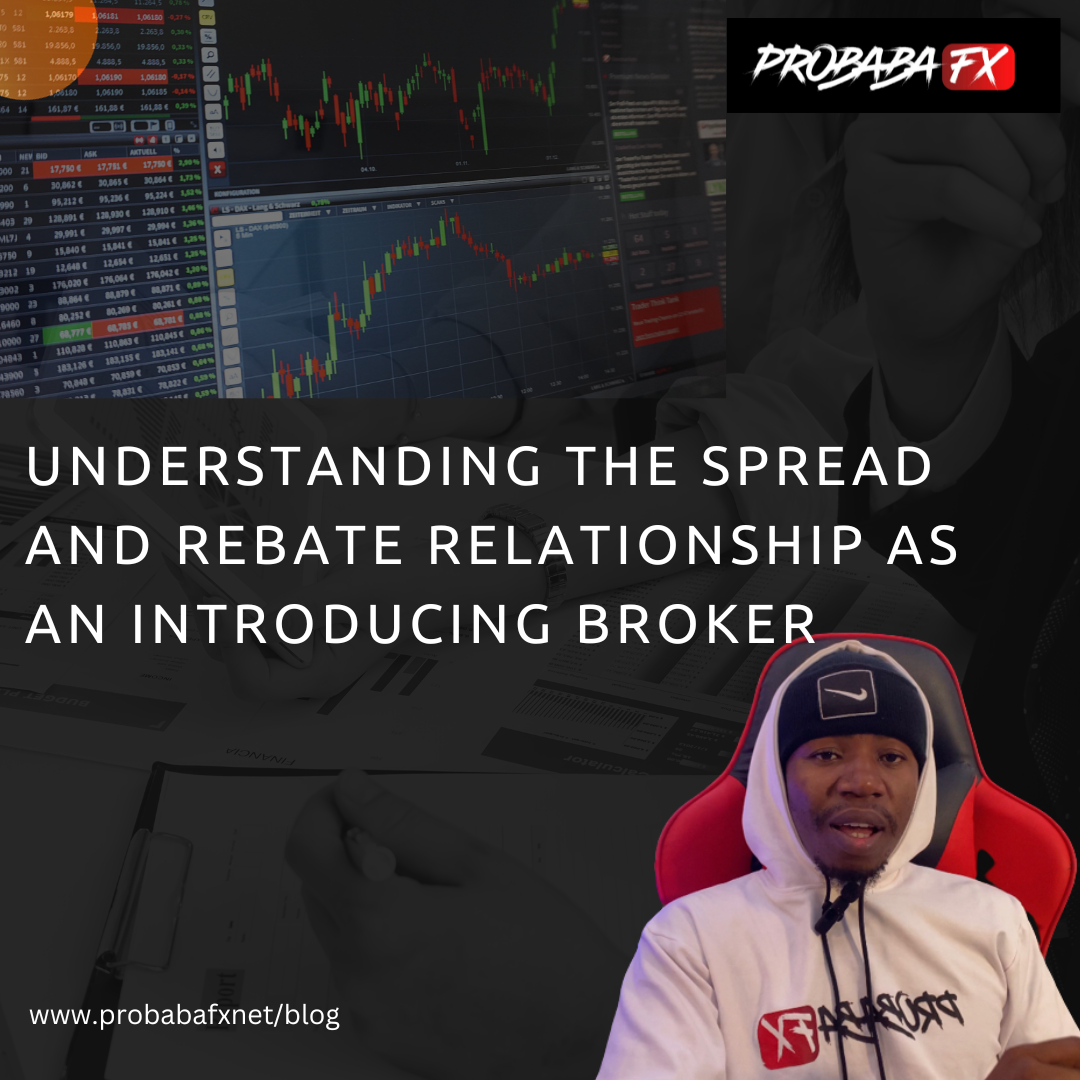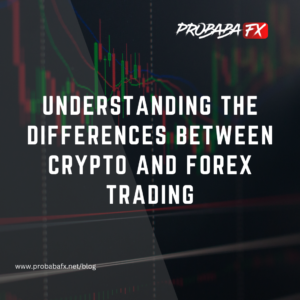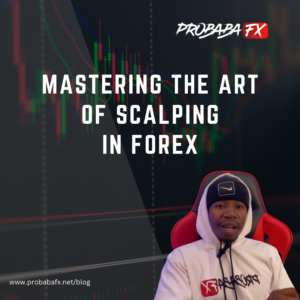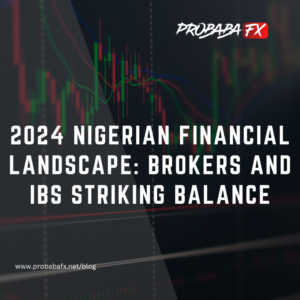Understanding the dynamics between spreads and rebates in Introducing Broker (IB) relationships is critical for both traders and brokers as the financial markets evolve and trading becomes more competitive.
The relationship between spread and rebate offerings has a substantial influence on a trader’s profitability and the prospective earnings of an IB. Let us go deeper into this association to better understand its relevance.
Spread Defined
The spread is the difference between a financial instrument’s bid (selling) and ask (purchasing) prices. It indicates the cost of completing a transaction and is an important consideration for traders when entering or quitting positions. Tighter spreads result in lower trading expenses, which increases a trader’s potential earnings.
Rebates in IB Relationships
Introducing brokers is essential in the financial markets because they connect traders with brokerage businesses. Brokers sometimes provide IBs rebates depending on the trading volume achieved by the clients they promote. These reimbursements are paid to the IB as a commission or bonus for bringing in new business.
Correlation between Spread and Rebates
The spread and rebate connections are intimately related. Brokers frequently provide bigger rebates to IBs for clients that create higher trading volumes, particularly when trading products with wider spreads. In markets with tighter spreads, brokers may provide smaller refunds due to decreased trading expenses for clients.
Examples of Maximum Rebates
Consider the following instances of maximum refunds depending on different instrument spreads:
1. Forex pairings:
Major currency pairings, such as EUR/USD, typically have narrower spreads (e.g., 0.2–0.5 pips) in the Forex market. Brokers may give rebates ranging from $1 to $10 per standard lot traded for such pairings, depending on the IB agreement and the client’s trading volume.
2. Commodities:
Commodities like gold (XAU/USD) and crude oil (WTI) sometimes have greater spreads (e.g., 5 to 10 cents). Due to the greater spread expenses, brokers may pay refunds ranging from $5 to $20 for every typical lot transacted.
3. Stocks and Indices:
Spreads on trading stocks or indices via Contracts for Difference (CFDs) might fluctuate. Brokers may provide refunds of $1 to $15 per normal lot, depending on the spread and trading volume.
Understanding these instances highlights the clear relationship between spread width and possible rebates paid by brokers to their Introducing Brokers.
Finally, the link between spread and rebates in Introducing Broker agreements is an important factor for traders looking for cost-effective trading and IBs looking to optimize their revenues.
As market circumstances change, traders and IBs must consider these aspects while selecting brokerage services or arranging partnership arrangements.
Understanding this link allows traders to make educated decisions regarding their trading expenses, while IBs may deliberately select brokerage partners that offer competitive rebates compared to spread costs, establishing mutually beneficial partnerships in the financial markets.
Disclosure: The examples provided are only for illustrative purposes and may differ depending on specific broker agreements and market conditions.




